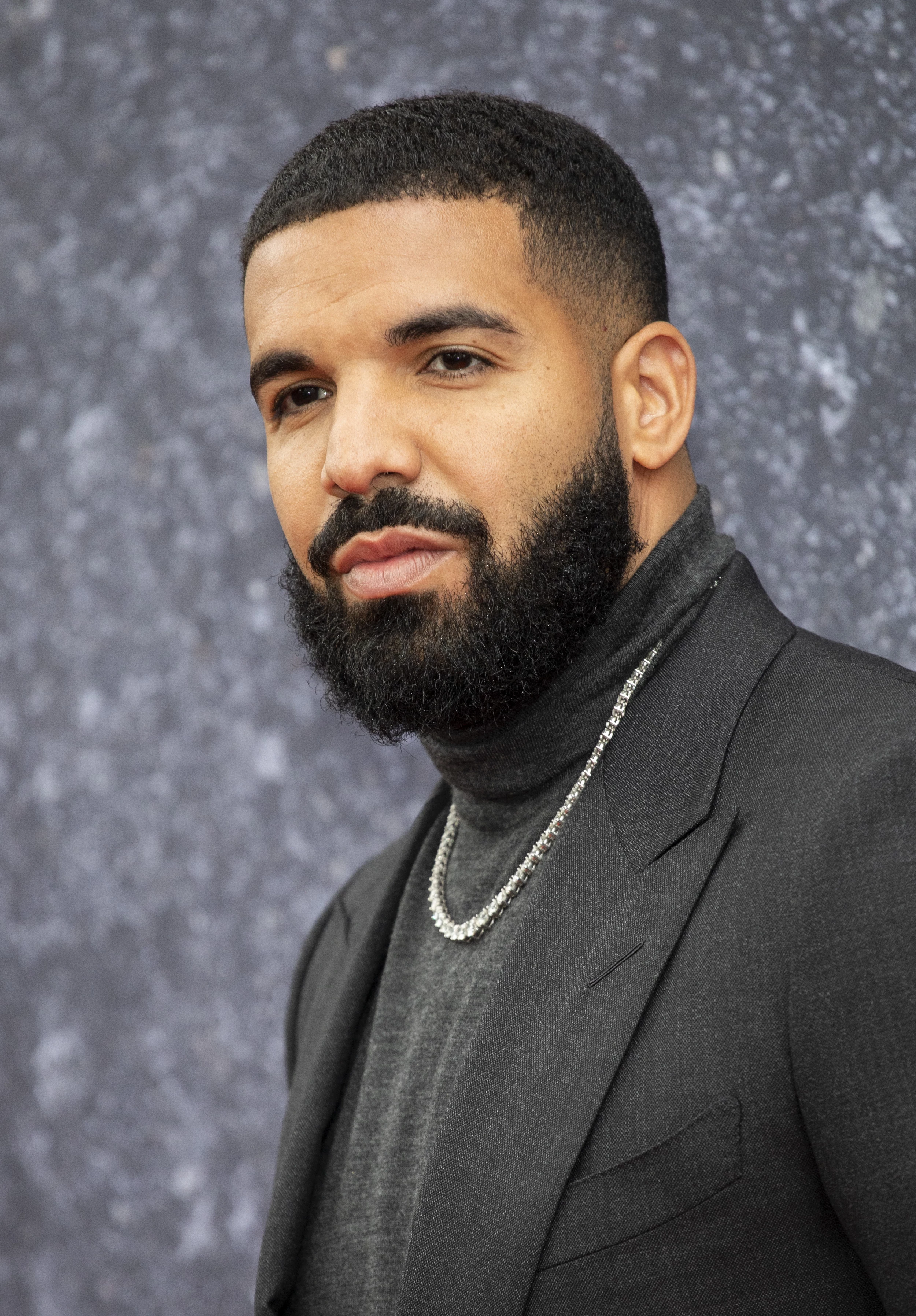

His very art movement, superflat, ostensibly disrupts traditional Japanese art forms, yet it subtly maintains fundamental elements (primarily the presentation and composition of the work). Travis Scott gifted his entourage Iced-Out Eliantte & Co chains designed by Murakami, Justin Bieber has Murakami cushions on his couches, The Weeknd has adorned Murakami apparel and Murakami’s smiling flower is seen frequently among modern hip-hop imagery.Īlthough it seems rather confounding how Murakami can traverse the high art community and hip-hop, I have surmised a rather simple explanation for his prominence: He never fails to recognize his inspiration and/or collaborator while also giving his own unique flair. But Murakami’ s influence on hip-hop has not been limited to official collaborations. Since then, Murakami has collaborated with countless others, including brands like Supreme and Off-White and rappers like Kid Cudi, Kanye West, Drake and Pharrell Williams.

This marked Murakami’s first high-profile hip-hop collaboration and cultivated his creative relationship with Kanye ( he later designed Kid Cudi and Kanye’s “Kids See Ghosts” (2018) album cover ). It features Kanye’s iconic Dropout Bear being fired from a cannon under a university, marbled with bright colors and Murakami’s iconic motifs. However, Murakami remains legendary in my mind for the special relationship he has formed with modern hip-hop.Īlthough Murakami had already been developing in American pop culture for years, his status blossomed following Kanye West ’s 2007 album “Graduation,” for which Murakami designed the cover. Perhaps most incredibly, he has had his work exhibited at the Palace of Versailles in France. He is also famed for his strong collaborative relationship with high fashion label Louis Vuitton, with whom he produced several legendary pieces, and he frequently teams up with fellow fashion icon Virgil Abloh. Among other achievements, he founded the “superflat” theory, which draws on traditional “flattened” Japanese printing with anime and pop culture imagery. Ubiquitous in pop culture since the early 2000s, Japanese contemporary artist Takashi Murakami is familiar with co-relating high and low culture.


 0 kommentar(er)
0 kommentar(er)
